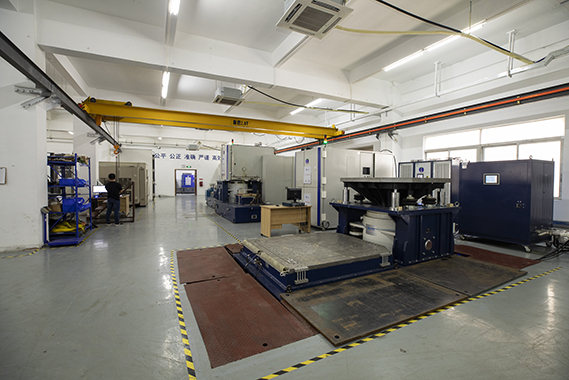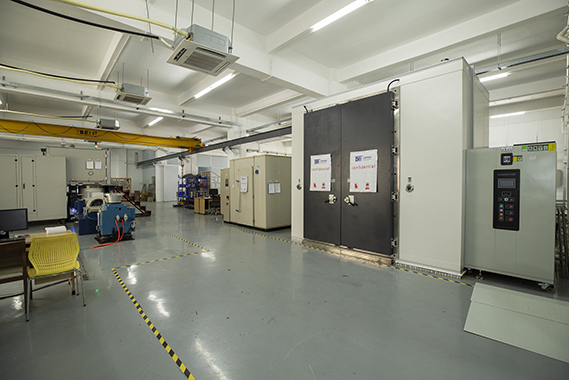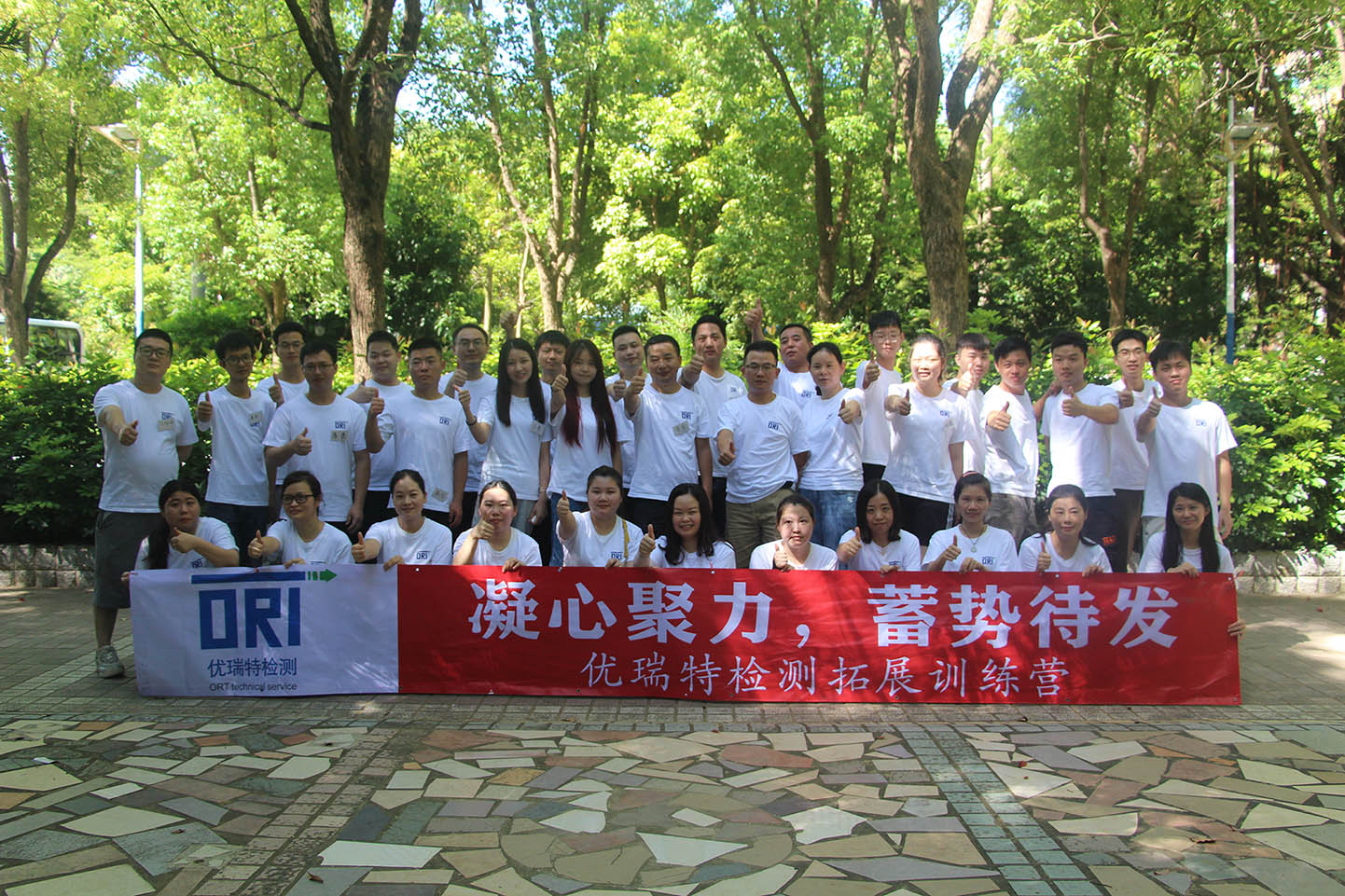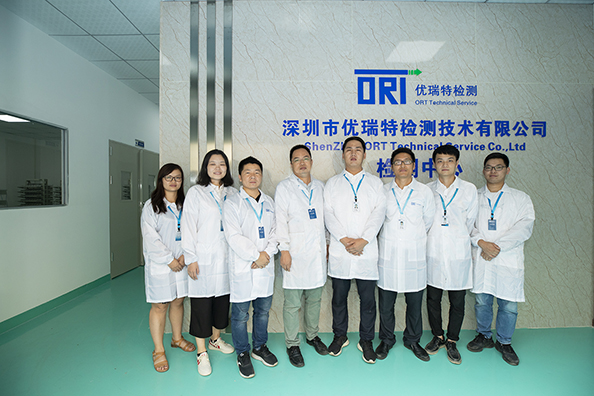1、 What is environmental testing? Why do we need to conduct environmental tests?
Environmental testing is a simulation test conducted based on the (extreme) environment that may occur during product transportation and use, aiming to identify the vast majority of problems during the product development stage, so that no major problems will occur after the product is launched into the market. All guidelines are based on the actual user profile of the product.
Environmental testing is more focused on verifying the design objectives of products, mainly in terms of transportation, storage, and work environments. However, environmental testing can only say that the product can work in specific environments and does not necessarily demonstrate its ability to work continuously under specific conditions for a long time. In other words, environmental testing cannot tell us the reliability level of the product.
2、 What are the environmental tests?
GB/T 4796-2017/IEC 60721-1:2002 'Classification of Environmental Conditions - Environmental Parameters and Their Severity' divides the environmental conditions of products into seven categories: climatic conditions, biological conditions, chemically active substances, mechanically active substances, polluting liquids, mechanical conditions, electrical and electromagnetic interference.
ETSI 300 019 'Environmental Testing Series for European Communication Products' divides the environmental conditions of products into categories such as air temperature, humidity, air (pressure and velocity), water, radiation, chemical active substances, mechanical active substances, biology, vibration, impact, earthquake, etc.
3、 What testing capabilities does Yourit Testing possess?
1. Climate environment - temperature and humidity category: high temperature, low temperature, constant humidity, alternating humidity, temperature and humidity combined cycle, rapid temperature change, cold and hot shock, low pressure (highly simulated).
2. Climate environment - Lighting category: UV ultraviolet test, xenon lamp test, metal halide lamp, carbon arc lamp.
3. Mechanical environment: random vibration test, sine vibration test, resonance search and dwell, sine+random vibration test, random+random vibration test, mechanical impact test, collision test, steady-state acceleration, drop test.
4. Comprehensive environment: temperature+humidity+vibration, temperature+humidity+impact, temperature+humidity+collision, HALT/HASS/HASA, temperature+humidity+stacking, high-pressure cooking.
5. Protection level: IP protection (waterproof, dustproof), IK protection (external mechanical collision protection).
6. Biological and chemical active substance environment: salt spray test, mold test, gas corrosion, resistance to chemical reagents, artificial sweat.


4、 Why choose Yourit testing? What are the advantages of Yourit testing?
1. Complete qualifications
2. Comprehensive detection capability
3. Member unit of the Environmental Testing Standardization Committee, participated in drafting numerous environmental testing standards
4. Equipped with large-scale sample testing capabilities, including an 18 ton vibration table, an 18 cubic meter temperature and humidity chamber, an 18 cubic meter alternating salt spray test chamber, an 18 cubic meter dust proof test chamber, and a fast temperature change+vibration combination.
5. Strong technical support capabilities, including tooling design, experimental scheme design, technical training, rectification, etc.


5、 The role of environmental testing in various aspects such as research and development, quality control, production, manufacturing, transportation, etc?
1. In the design and development stages of products, environmental tests are used to assess whether the selected components, designed structures, and adopted processes can meet the requirements of the actual environment and the existing defects. To save time and fully expose the weak links of the product, an accelerated life aging test is used, which uses different acceleration factors based on different environmental stress factors to strengthen and accelerate the process.
2. In the finalization stage of a product, environmental testing is used to determine whether the technical indicators of the product can meet the design requirements in the predetermined environment, whether the design life can be guaranteed under normal working conditions, and whether it can meet safety requirements. The environmental test at this stage is an environmental adaptability test, which is conducted under the actual environmental conditions during product storage, transportation, and use.
3. During the normal production stage of a product, when there are significant changes in the production process, or after a considerable period of production, environmental testing is used to check the process quality of the product or to check the stability of its quality. The environmental test at this stage is also an environmental adaptability test.
4. In the final inspection stage of the product, environmental testing checks all products by applying non-destructive stress to eliminate early failures, reduce the number of non-conforming products, and test work for a period of time to stabilize product performance before qualified products are put into use. The environmental test at this stage is an environmental screening test.
5. Environmental testing can also be used for safety checks to check whether the product has any health, life, and property hazards. For example, using vibration tests to check the firmness of installation and connections. When environmental testing is used to assess safety, higher test conditions than normal testing are usually used.
6、 Classification and advantages and disadvantages of environmental tests (based on their methods)
1. Natural exposure test:
Natural environment exposure test refers to a test conducted in a natural environment for a long time, usually under outdoor natural conditions. Environmental exposure test is usually used to study the environmental adaptability of materials and production processes (coatings and coatings) of outdoor products, with a focus on corrosion and deterioration of materials.
The role of natural exposure testing:
Through natural exposure tests, the variation pattern, failure situation, failure level, and cause of electrical parameters of products under natural environmental conditions can be obtained. It is also possible to understand the stability and protective ability of materials, processes, coating layers, and other properties during the product manufacturing process.
Natural exposure testing can provide data for studying artificial simulation testing methods and their conversion relationships, and can also be used to verify and compare the effectiveness of accelerated testing. Eurit detection can provide relevant technical services.
Limitations of natural exposure testing:
The uncontrollable experimental conditions have to some extent affected the reproducibility of the experiment.
In addition, the natural exposure test has a long testing cycle and sometimes cannot keep up with the development of the product.
2. Artificial simulation test:
By simulating the climate and mechanical environment of products during storage, transportation, and use using test instruments such as temperature and humidity chambers, vibration tables, salt spray chambers, and light aging test chambers, Youruite Testing has a complete set of detection capabilities.
Advantages and disadvantages of manual simulation experiments
Compared with natural exposure testing, artificial simulation testing can accelerate and strengthen testing, save time, and can be conducted at any time. The test parameters are easy to control, and the reproducibility is good.
The disadvantage is that when the conditions and test procedures are not chosen properly, it can distort the test and even lead to incorrect conclusions.
3. On site testing:
Conduct inspection and testing on the product under actual usage conditions.
The role of on-site usage testing
For large products, especially mobile and large complete sets of equipment (such as environmental adaptability tests when testing cars at high speeds), on-site testing can only be conducted.
In addition, for those who need to collect on-site actual data, on-site tests need to be conducted in actual environments, such as high-speed train operation and actual packaging road test of large equipment.
Advantages and disadvantages of on-site use testing
During the on-site use of the product, it is subject to the comprehensive effects of various environmental factors, so it can better expose the problems of the product than single or combined tests. It can be seen that the results of on-site use experiments are the most authentic and persuasive. Its shortcomings are long cycles and high costs.